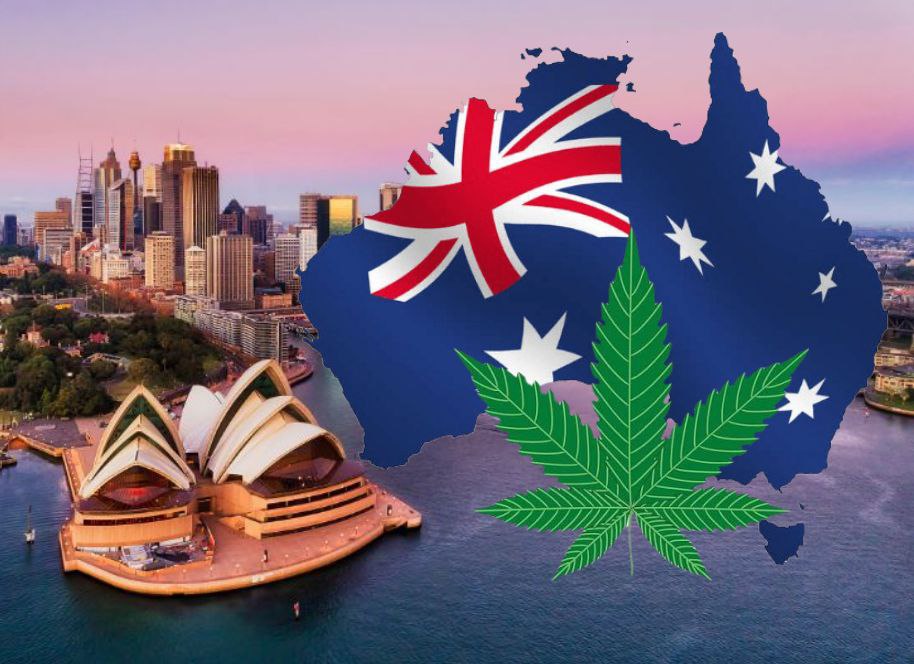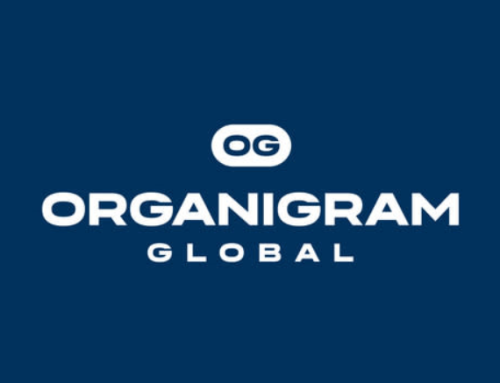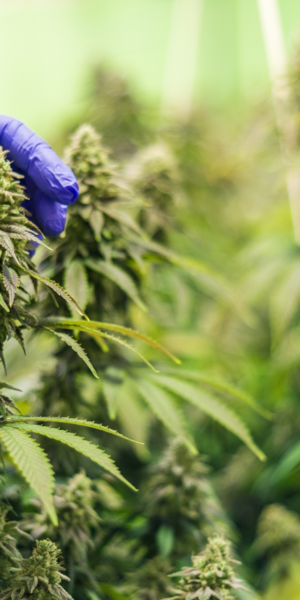Australia’s Medicinal Cannabis Imports Hit Record Highs
SYDNEY – Figures released this week by Australia’s Office of Drug Control paint a picture of robust expansion in the country’s regulated Cannabis sector, with imports leading the charge alongside steady advances in domestic output and overseas shipments.
The data, covering 2021 through 2024, shows imports of medicinal Cannabis climbing to 77,406kg last year, up 74% from 44,573kg in 2023 and a staggering elevenfold increase from 7,306kg in 2021.
Canada remains the dominant supplier, accounting for 62,111kg in 2024, or about 80% of the total, as Australian patients and prescribers turn to established international producers for high-quality flower and extracts. Other contributors, including Morocco, South Africa and the Czech Republic, have ramped up their roles, signaling broader global supply chains feeding into the market.
Domestic production tells a story of measured progress. Licensed cultivators harvested 41,328kg in 2024, more than doubling the 16,700kg from 2021 and marking a 55% rise from the prior year. This uptick reflects investments in local facilities and regulatory approvals that have eased barriers for growers, though output still trails imports by roughly 87%, a gap that widened from 67% in 2023. Stockpiles of homegrown material swelled to 38,206kg by year’s end, a 158% jump from 2023 levels, suggesting companies are building reserves to meet anticipated demand.
Exports, while smaller in scale, doubled over the period to 3,312kg in 2024, with New Zealand emerging as a prime destination at 1,630kg. Germany and the United Kingdom also absorbed notable volumes, underscoring Australia’s budding reputation for compliant, traceable products in tighter European markets.
Analysts point to compound annual growth rates as a benchmark for the sector’s trajectory: imports expanded at 120% annually, far outpacing production’s 35% and exports’ 32%. These metrics highlight a market in transition, where foreign sourcing fills immediate needs but domestic capacity catches up. The overall Cannabis import market, valued at $126 million in 2024, is projected to reach $420 million by 2030, driven by rising prescriptions for conditions like chronic pain and epilepsy.
Critics of the current model argue that heavy reliance on imports exposes the industry to currency fluctuations and supply disruptions, potentially inflating costs for end users. Proponents counter that this phase allows time for local innovation, such as breeding strains suited to Australia’s climate, which could reduce import dependence over the next decade. The Office of Drug Control’s oversight, including strict tracking under the Personal Importation Regulations, has kept compliance rates high, fostering trust among stakeholders.
As the data rolls in, one clear pattern stands out: Australia’s medical Cannabis program, launched in 2016, has matured into a multimillion-dollar operation that rivals segments of the European market in patient access and regulatory rigor. With 2025 figures due in late 2026, operators and investors are advised to closely monitor signs of sustained momentum.



































